New hope for those facing winter blues and seasonal depression
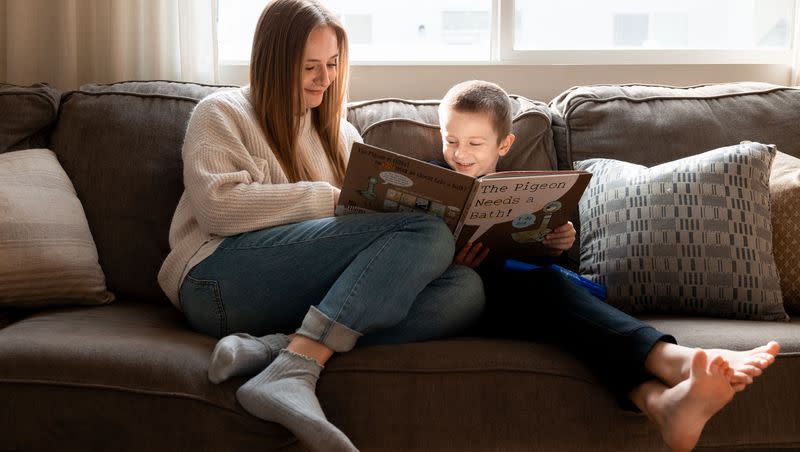
As many Americans grapple with winter blues and seasonal depression, some are turning to Nordic practices to find balance and joy when daylight is scarce and days are cold.
I witnessed this firsthand from the experience of my sister-in-law, Lauren Hess, a Utah mother of two young boys, who has grappled with bouts of depression much of her life. This was almost always made worse in winter, until she learned about a novel approach from northern Europe.
“I used to hate winter — through and through — there wasn’t a single thing I liked about it,” she told me. “It’s only avid skiers and snowboarders who like winter. Everyone else trudges their way through it.”
This is perhaps understandable, since “the trees are bare, the flowers have died, and the birds have flown south,” says Laura Whitney, a licensed therapist at Cache Valley Counseling. Not to mention, she says, this being a season of less light and movement, more inversion and the “time of year we miss those we love.”
For years, the combination of these kinds of factors became “a guarantee that I’d struggle all winter long,” Lauren says. But over the last two years, she describes how applying a Nordic approach has made a surprising difference for her mental health.
The Danish practice of hygge
Regarded as a “defining characteristic” of Danish culture, the cultural practice of “hygge” (pronounced “hyoo-gah”) “broke into American popular consciousness sometime in 2016,” according to The Washington Post (the same year that “Frozen: The Broadway Musical” featured the song “Hygge.”)
Without a perfect English translation, the word captures a collection of lifestyle adjustments that Danes pursue during the darkest and coldest months in hopes of proactively countering the natural heaviness of the season with extra positivity and warmth.
In “The Year of Living Danishly,” Helen Russell defines hygge as “a complete absence of anything annoying or emotionally overwhelming; taking pleasure from the presence of gentle, soothing things.”
Niels Frederik Malskær, a native Danish speaker living in Washington, summarizes the practice as “basically a sense of calmness, cozyness and togetherness all wrapped in one very complicated word.”
“My girlfriend and I on the couch, reading books, preferably with some rain outside,” he says. As a rule, he adds, “the worse the weather is outside, the easier it is to have a hygge-good time.”
Especially when it’s a “dark time of the year or a dark time of your personal life,” Malskær says, “you need a refuge inside” and to “be able to create that warmth yourself.”
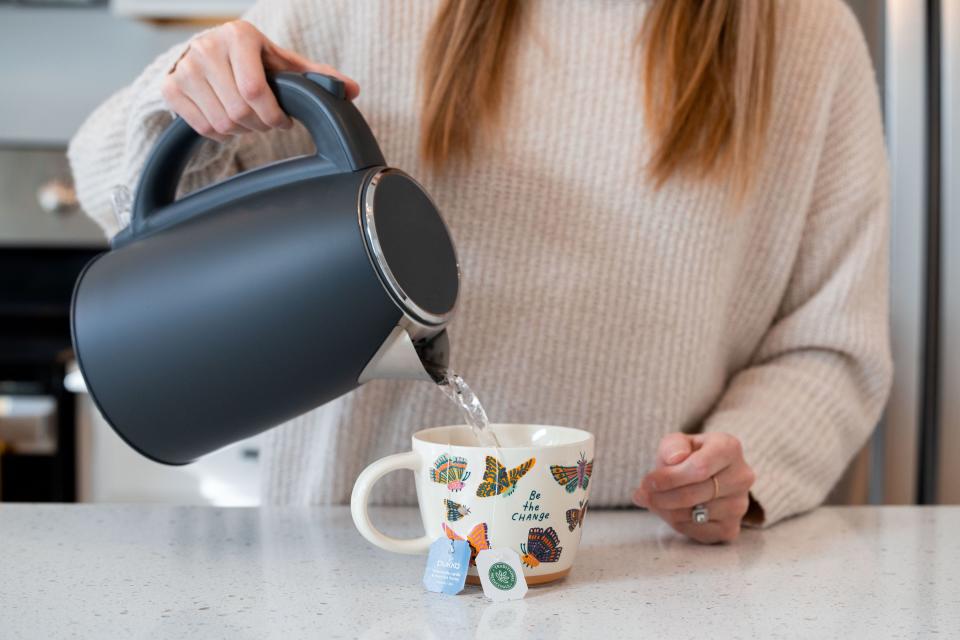
A hygge-good time in Utah?
In her experiment to replicate this approach in Utah, Lauren starts with gathering more blankets and extra warm slippers. Alongside Christmas lights the family keeps up for much of the season, some softer lamp lights in the evening create the right ambience.
“The nighttimes in the winter are sacred times for me,” Lauren says. The family eats “warmer foods” and does their best to consume more nutritionally dense and seasonal foods, too. Along with enjoying some herbal teas, Lauren takes magnesium, omega 3 and vitamin D supplements starting in late fall to try and counteract a lack of sunlight.
As a nonskier, Lauren felt constricted in prior years when it came to all the activities she wanted to enjoy. “It used to be miserable. … It’s dark all the time and you were just waiting for summer.”
But in recent years, she decided to get a warmer coat and walk regularly by the frozen lake near their house. She was surprised to find the drop in temperatures and light helped her migraines.
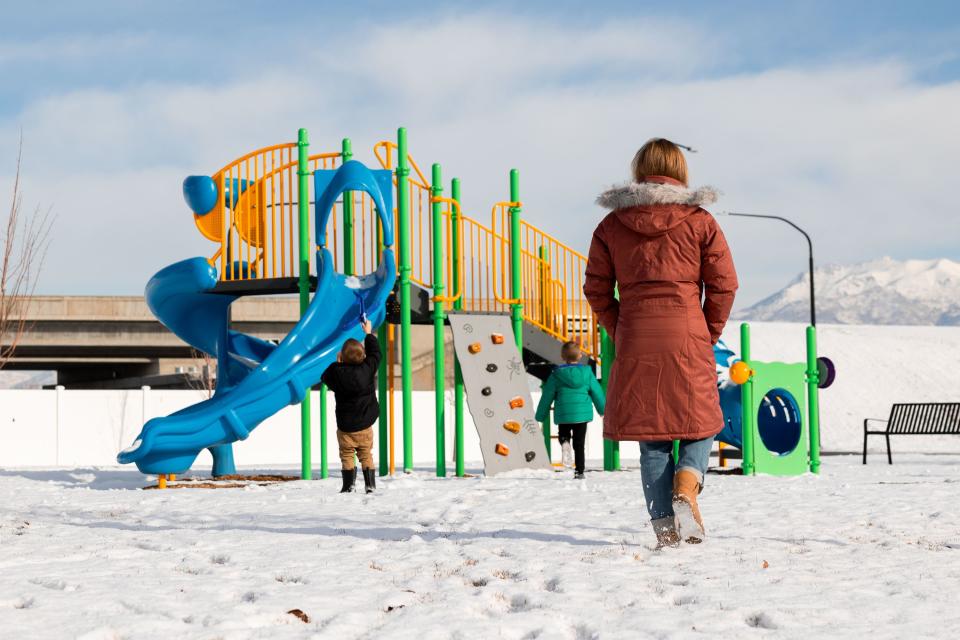
“The sunsets are more beautiful in the winter,” Lauren adds, describing how she’s learned to appreciate the unique attraction of the season, “rather than getting mad that everything is cold and dead.”
In this, she follows the Danish example of “actively getting excited” for winter and changing life to embrace it, rather than only “working around it and getting through it.”
Part of what Lauren has come to enjoy is the natural rhythm of slowing down in the winter. Americans sometimes feel a need to “cram all enjoyment and productivity into summer, putting lots of pressure on those few months,” she says. By contrast, winter presents “an amazing chance to slow down, tune in, and reevaluate, letting go of things keeping us too busy.”
The counselor, Laura Whitney, points out ways that modern society works against this impulse, “we’re not agrarian anymore — we’re working in offices, we’ve got electricity and we’ve got all these things that keep us up late at night and get us up early in the morning.”
Yet it’s possible to embrace colder months as “periods of dormancy in our lives,” Whitney says. “Maybe it’s OK to spend a little more time inside — reading, sleeping, letting our body have a little more rest and rejuvenation time, because that’s what the trees, flowers and animals are doing.”
“So that when the spring comes,” she says, “we can then bloom. We can’t bloom all year long.”
“The earth has seasons for a reason,” Whitney says. “And we can have seasons too” where “maybe it’s okay to be a little sad; maybe it’s okay to be a little less active.”
Lauren organizes more creative projects at home in the winter, giving herself, her boys and husband a chance to work more with their hands. More reading, puzzles and “any craft or art” get prioritized, as she and her family do their best to reduce screen time.
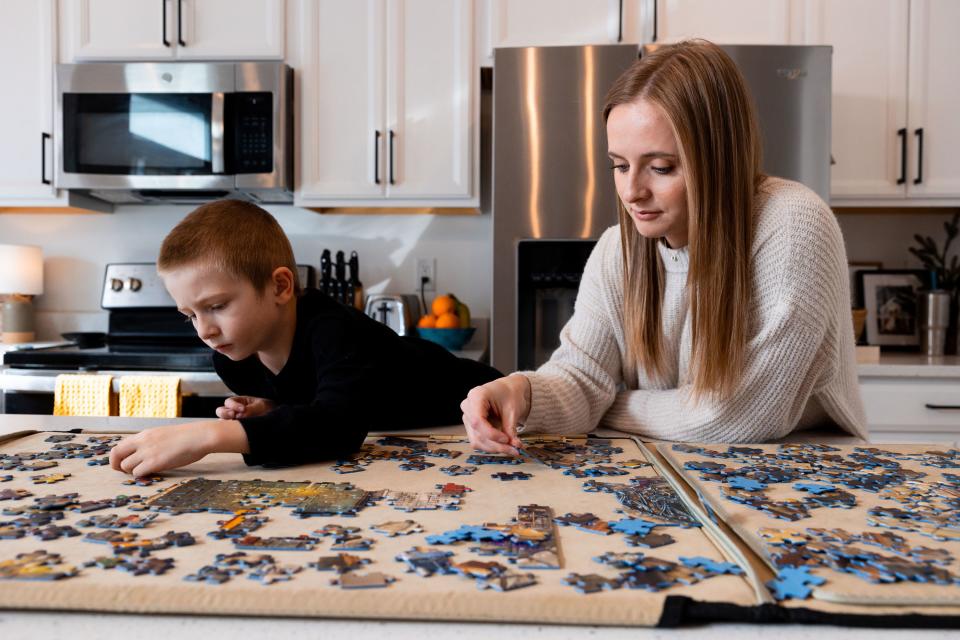
Having something to look forward to in terms of regular social plans has also been helpful, creating excuses to make food together and just “be cozy with loved ones.”
The combination of these adjustments, Lauren says, has “changed everything for me over the past two years.” Whereas she “used to absolutely dread winter,” now she loves it.
New research backs up this ancient practice
New research helps to explain this impact, and why Denmark is often listed among the happiest countries in the world despite especially brutal winters.
Professor Stephen Ilardi at Kansas University has spent over two decades studying how lifestyle changes can impact mental health. He confirmed in a recent interview with the Deseret News the unique emotional burdens carried by people in northern latitudes who “typically do experience a spike in depression symptoms in the wintertime thanks to a lot of things that are different.”
“Days are shorter, colder, often cloudier, depending on where people live. People spend more time indoors and have a lot less exposure to sunlight,” Ilardi says.
“Aside from the holidays, there is some evidence people also tend to socialize differently,” he adds. And they drop any eating caution, despite the well-known “depressogenic potential of dietary sugar.”
But the “biggest factor” for seasonal depression seems to be prolonged light deprivation, according to Ilardi, which leads “in short order to changes in their body clock.”
It’s normally the cadence of light and dark outside which helps reset the body clock, he says. “But in the winter, many people lose the light-based clues so they start to drift.”
That can lead to bouts of insomnia or less-restful sleep, which can likewise reinforce changes in appetite for many people, as they start “craving comfort foods,” including highly processed carbs, which can “have an inflammatory effect” that “can add to depression.”
Every factor is interrelated, with rippling effects that can occur. But that’s good news, according to Ilardi, since one positive adjustment can likewise have rippling effects in many directions.
Light exposure during the first hours of the day, for instance, is especially powerful, Ilardi says, whether from bright light therapy or getting outside. As previously reported in the Deseret News, light exposure therapy continues to generate promising results in scientific studies.
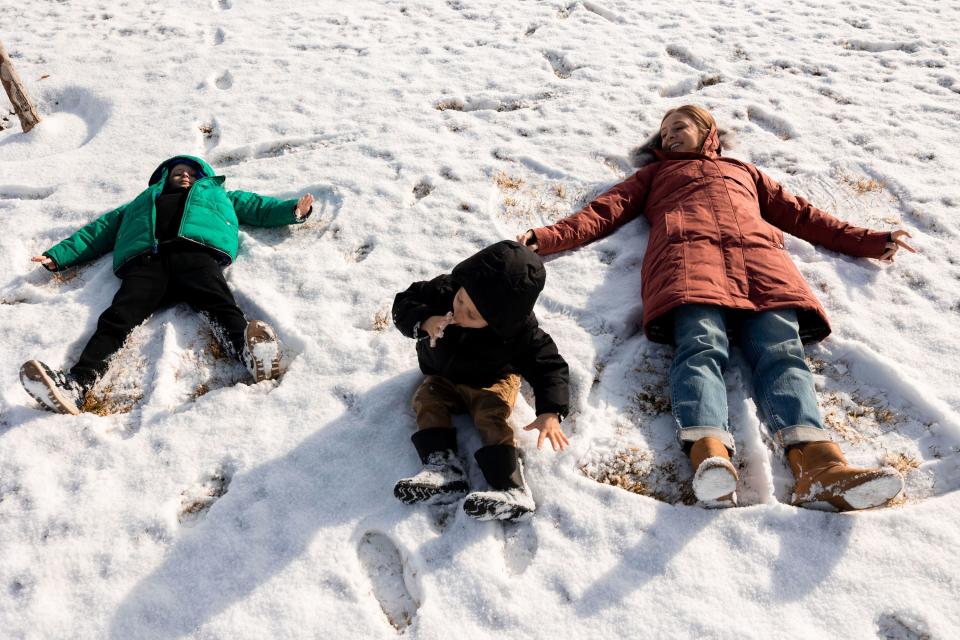
Small steps that can make a difference
“We don’t need another controlled study,” Ilardi says, to tell us exercise, omega 3s, light exposure, healthy sleep, social connection and less rumination all have antidepressant effects.
But just this last year, an international team of researchers, including scholars at Fudan University, in Shanghai, China, and the University of Cambridge in England, provided additional confirmatory evidence in their analysis of 13,000 people in the U.K. with depression. Seven lifestyle patterns were identified as associated with lower risk of depression: a healthy diet, regular physical activity, healthy sleep, frequent social connection, avoiding sedentary behavior and smoking, and reducing alcohol consumption.
According to this wide-ranging analysis, a good night’s sleep made the most difference of all factors. When it came to recurring depression, social connection offered the most protection.
But the most striking impacts came from combining various lifestyle improvements, with those who had adhered to most of the seven factors having 41% less risk of developing depression. And those who adhered to all of the lifestyle factors showed an even greater — 57% — reduction in depression risk.
This is a linear relationship, the study authors noted, with each one-point increase in measures of overall healthy lifestyle associated with measurable improvements in protections against depression.
This doesn’t mean that lifestyle presents a simplistic “cure” for existing depression, nor that various lifestyle configurations represent a simple “cause” of depression.
Ilardi calls depression a “treacherous foe” that humans “never want to underestimate,” given how it can involve associated “dysregulation at about 10 different levels of analysis and complexity” and across “systems ranging from molecular to the social and every level in between.”
A variety of medical conditions and side effects from treatments can also contribute to depression. And Ilardi says it can take a lot of “detective work” to examine the potential factors — calling it a disservice to tell patients, “Do this one thing and it will get you better.”
From passivity to proactive positivity
Ilardi expresses concern at how passive some have come to feel toward their depression. This new evidence, by contrast, suggests “you can be empowered to be an agent in your own recovery now that you see the toxic impact of 21st-century life.”
This hearkens to a statement the Midwestern researcher has shared for many years: “We were never designed for the sedentary, indoor, sleep-deprived, socially-isolated, fast-food-laden, frenetic pace of modern life.”
For some of his clients, the advice is a revelation.
“We’re used to thinking of a healthy lifestyle as being important to our physical health, but it’s just as important for our mental health,” said Christelle Langley, from the Department of Psychiatry at the University of Cambridge, in relation to the new study’s findings.
While genetics can legitimately play a major role in how people feel, this international team of researchers found that “lifestyle factors may play a greater role.”
Ilardi laments the lack of collective excitement about therapeutic lifestyle-based interventions, which “falls through the cracks” since there is “not much of a constituency for applied lifestyle medicine.”
He and other pioneering researchers hope this is something that can change in the near future, with leaders like Utah Gov. Spencer Cox searching for novel and creative approaches to reducing depression and anxiety among Utah youth.
“We need to stop pretending that we can solve this mental health epidemic on the cheap,” Ilardi says, advocating for more spending targeted towards expanding education in lifestyle adjustments that can make a difference.
“If we could solve this for 70% of people,” he adds, “the world would be a radically different place.”

